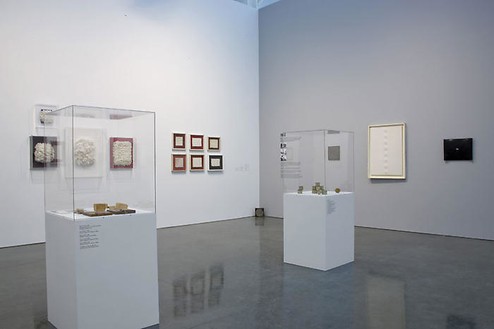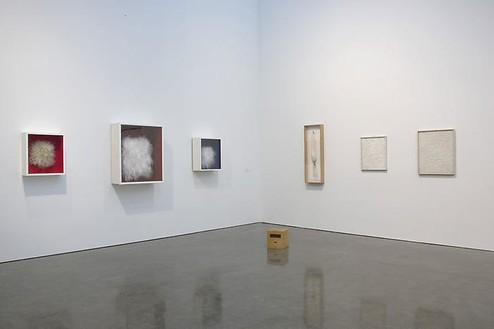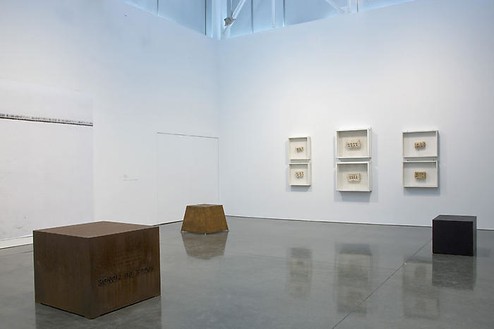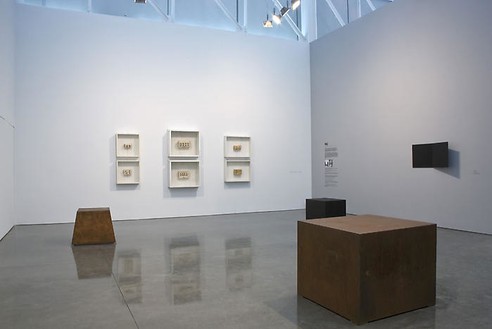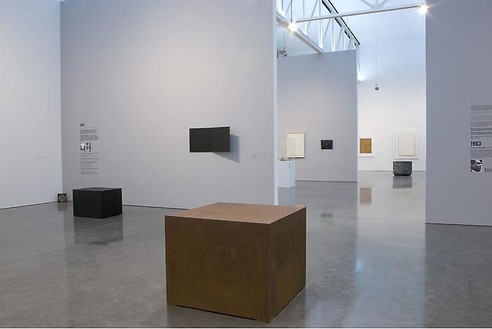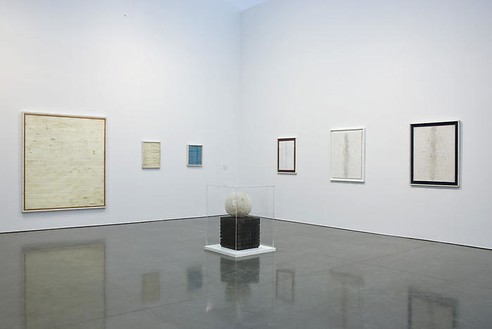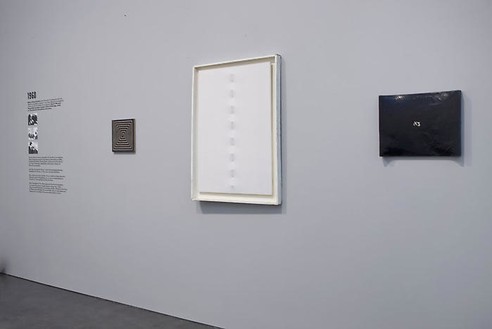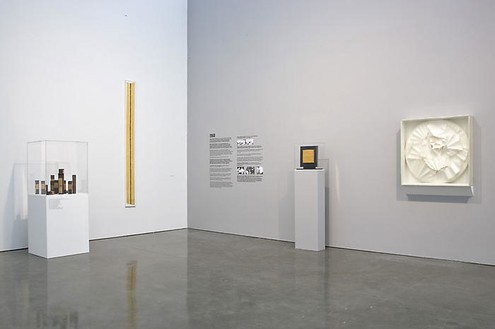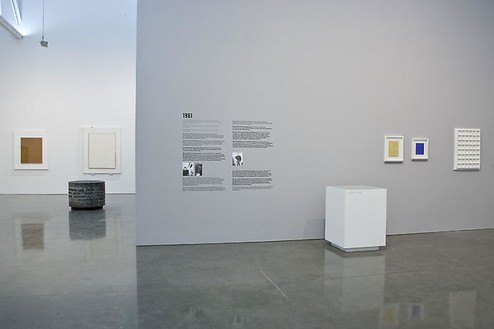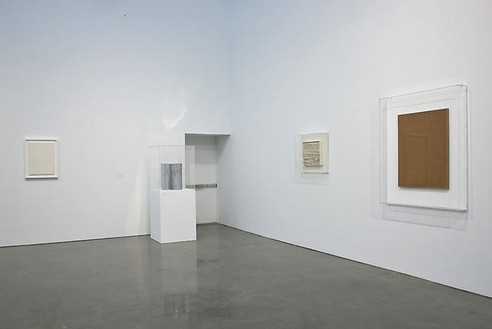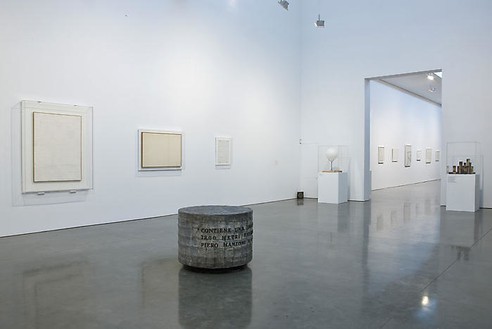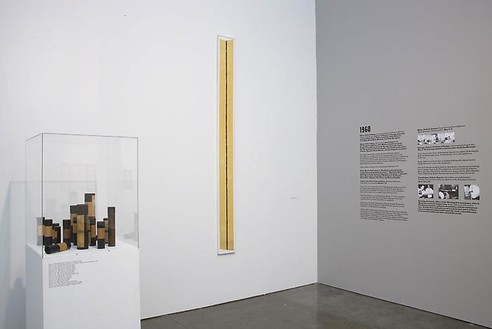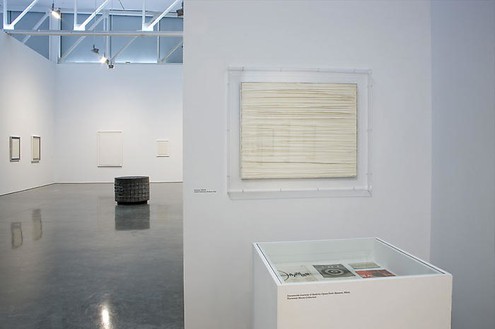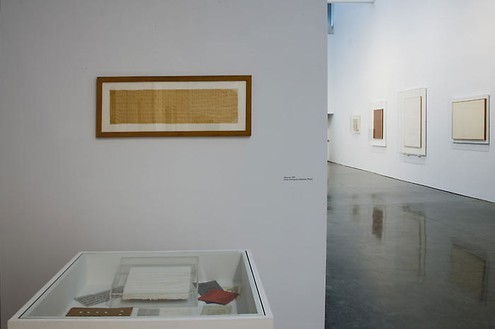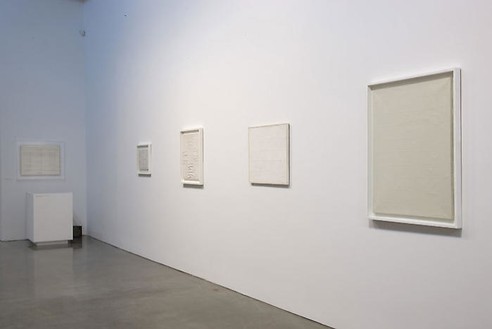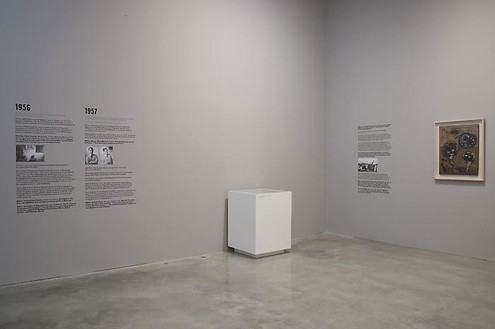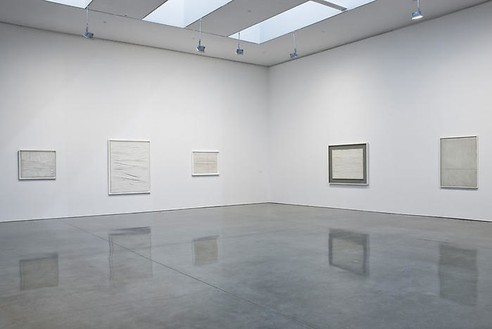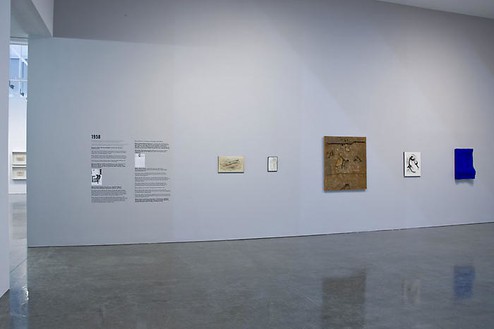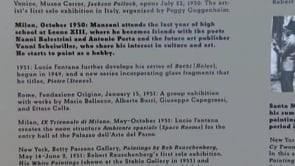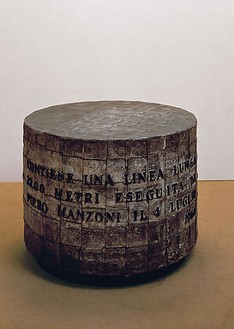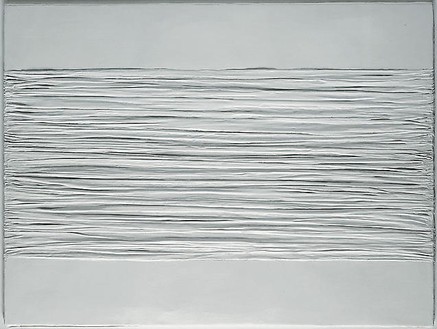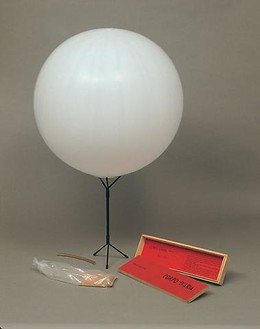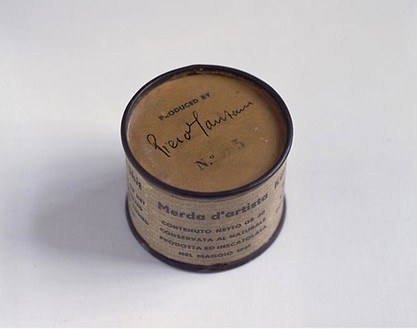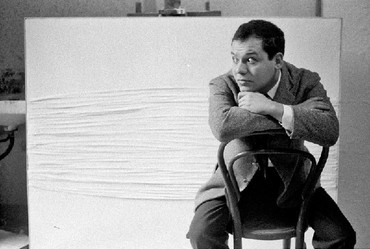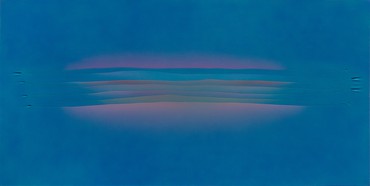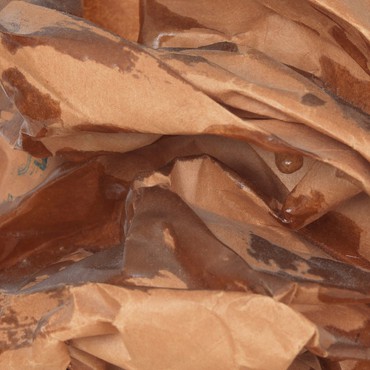About
Gagosian Gallery is proud to announce the first comprehensive U.S. retrospective of the work of Piero Manzoni (1933-1963), the enfant terrible of Italian art in the 1950s and early 1960s. Curated by Germano Celant, a leading Manzoni scholar who is the author of both editions of the catalogue raisonné (1975 and 2004), the exhibition is organized in close collaboration with the Archivio Opera Piero Manzoni and features important loans from the Archivio and several museums and private collections, including the Herning Kunstmuseum in Denmark, which is lending a nucleus of key works never before exhibited in the United States.
Spanning the entire range of Manzoni's oeuvre, this unprecedented exhibition will also include works by the artist's American and European contemporaries, tracing his brief but intense and highly provocative artistic journey within a broader international context. Manzoni's decisive contribution to the art of the late fifties and early sixties will be illuminated by his alignments with, and responses to, contemporary figures such as Yves Klein, Lucio Fontana, Alberto Burri, Jean Fautrier, Robert Rauschenberg, Frank Stella, Enrico Castellani, Heinz Mack, Tony Smith, and Yayoi Kusama.
Manzoni's earliest works were anthropomorphic silhouettes and canvases bearing the imprints of ordinary everyday objects, rendered in oil and grease. In 1957, he initiated the Achromes: white canvases that he covered with rough gesso and imbued with glue and kaolin (the white clay used in making porcelain), then draped on supports so that the fabric would sag and crease as it dried. Having conceived the Achromes as works free of any outside reference, he went on to experiment with the construction of "neutral" expanses incorporating sewn fabric squares and other materials.
As his approach to artmaking became increasingly radical, Manzoni produced series such as the Linea, drawings of a single line on a length of paper, rolled up and sealed in a cardboard tube, which he then labeled and signed. Subsequent experiments included the pneumatic sculptures Bodies of Air (Corpi d'aria) and Artist's Breath (Fiato d'artista), which tugged at definitions of artistic sovereignty and virtuosity; Magic Bases, which transformed the people who stood on them into works of art; and a new series of Achromes made of several materials (such as cotton wool, fiberglass, or bread rolls) in white or single phosphorescent colors.
